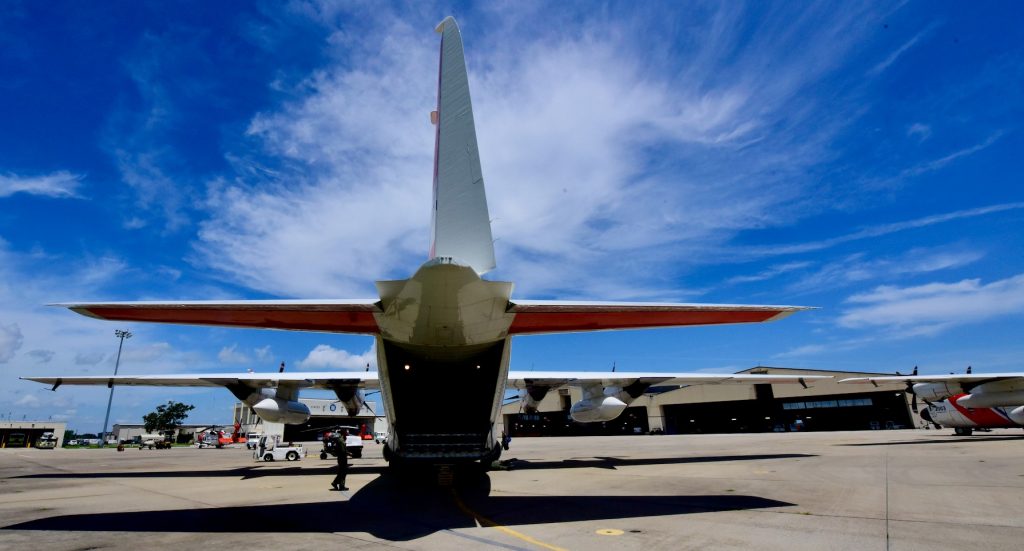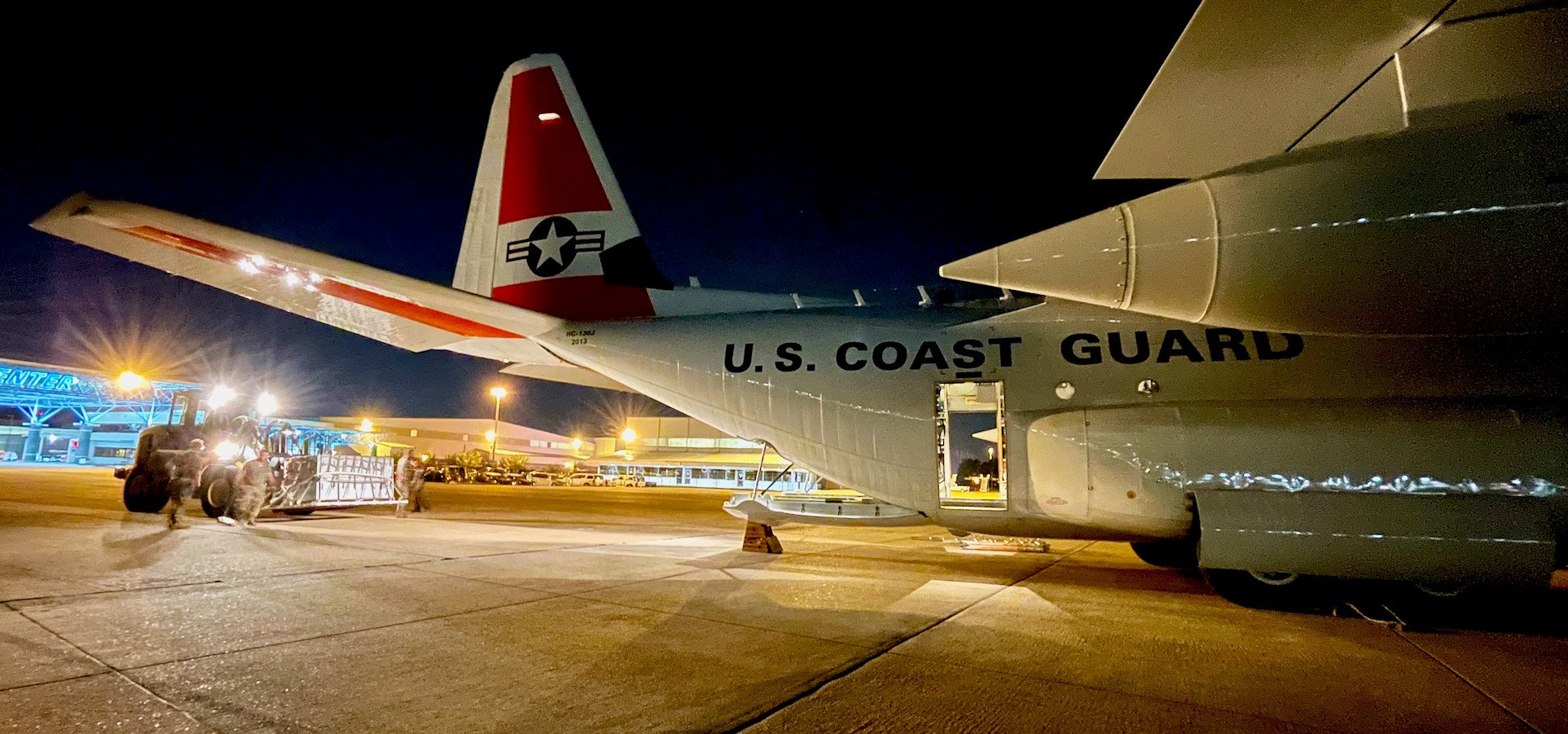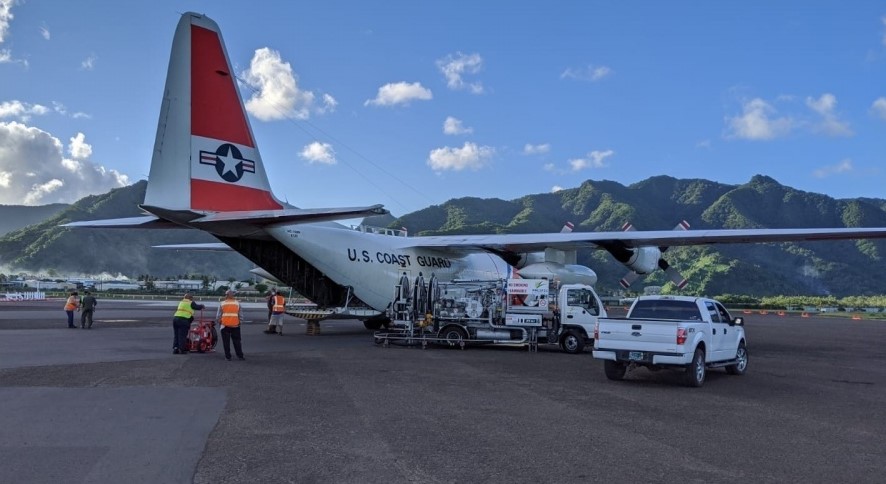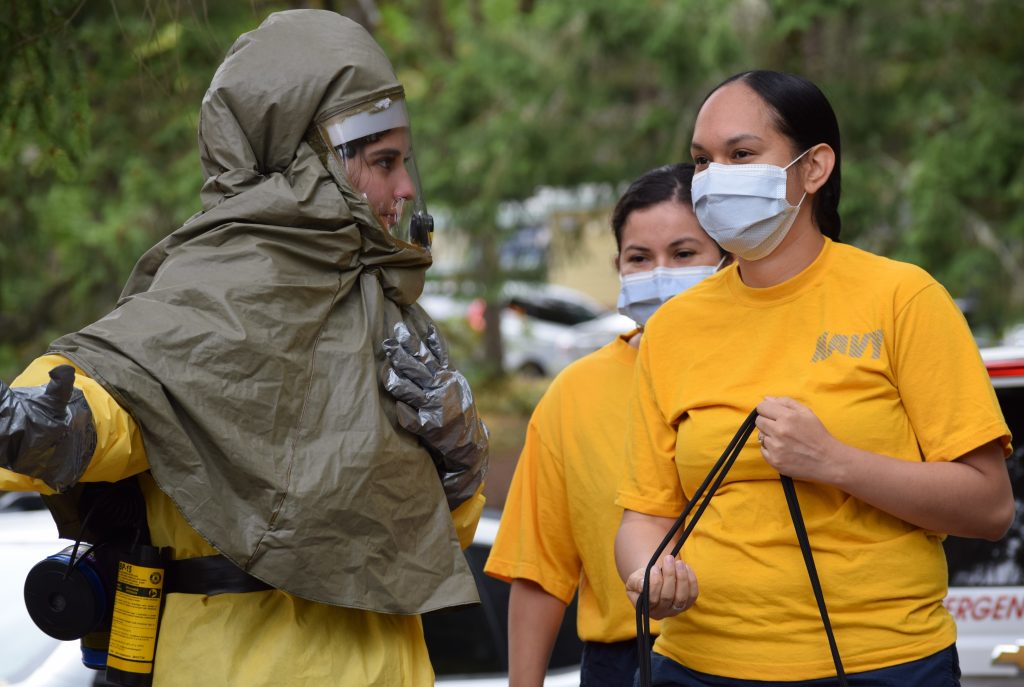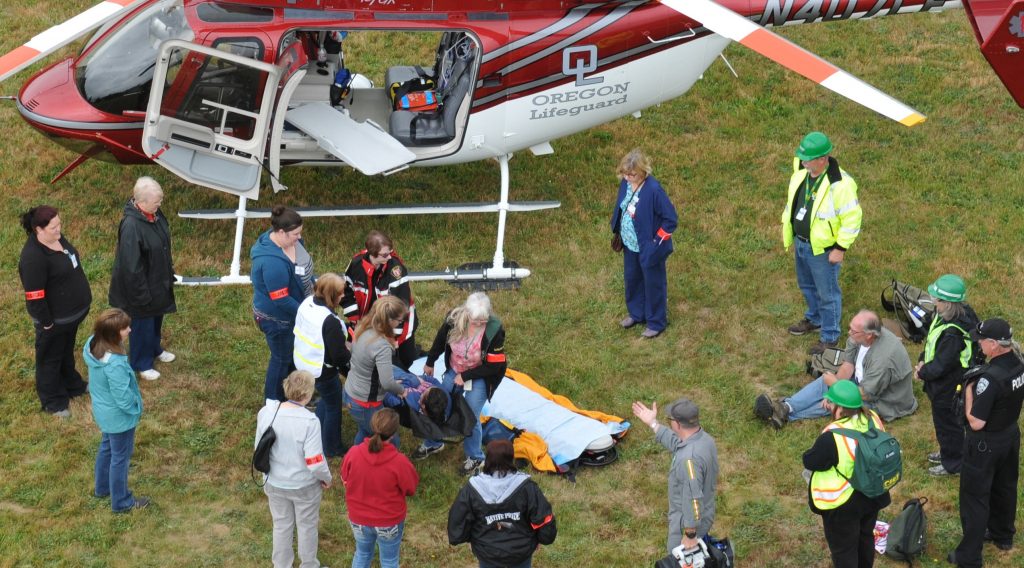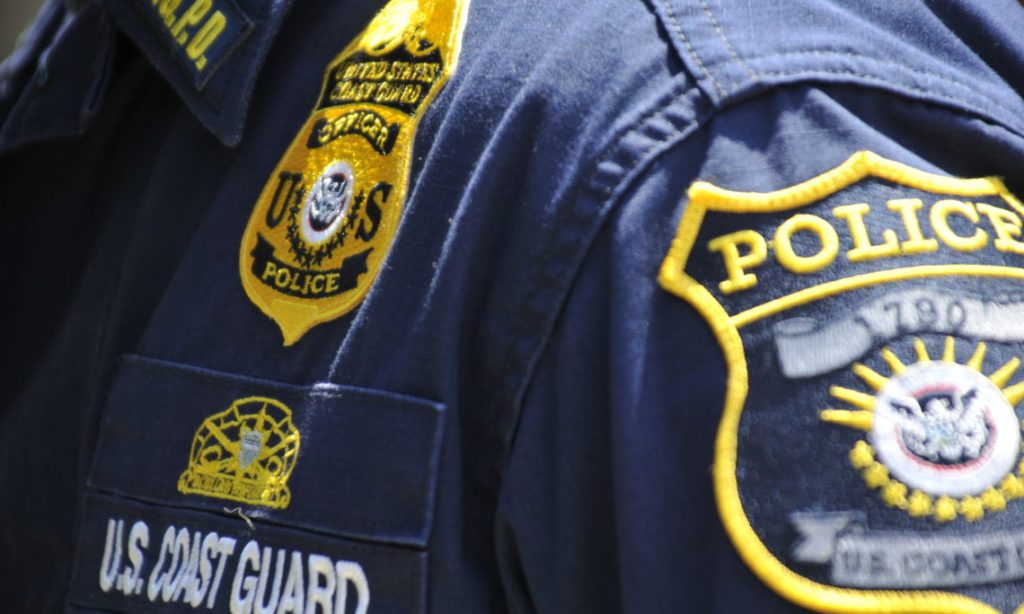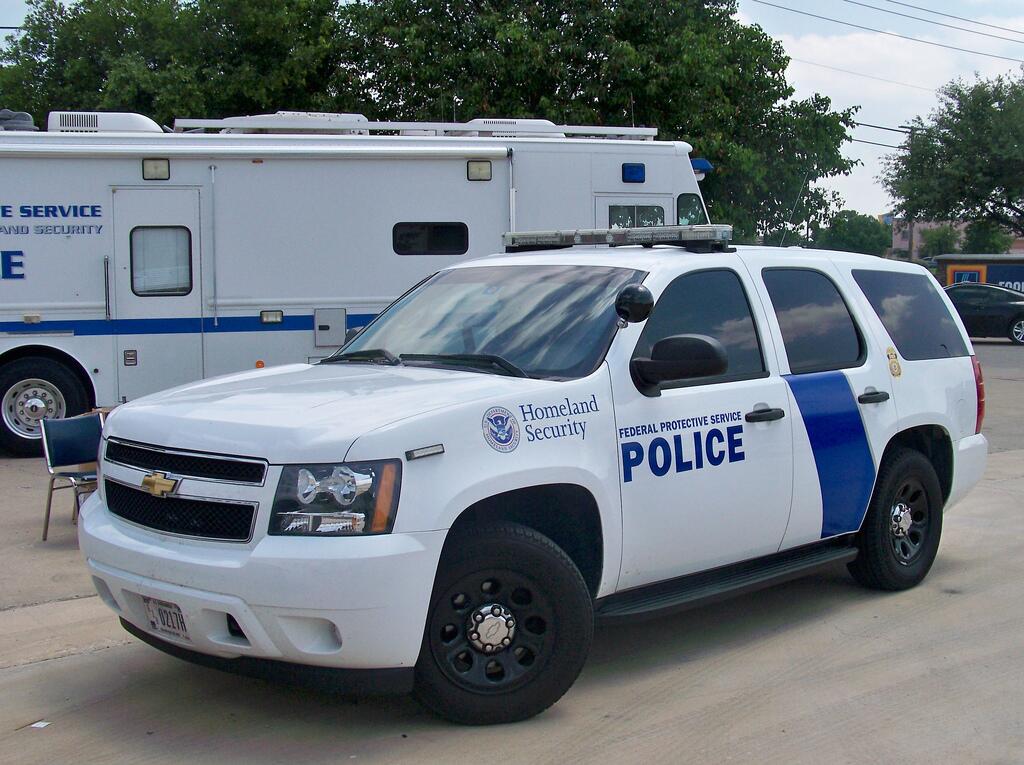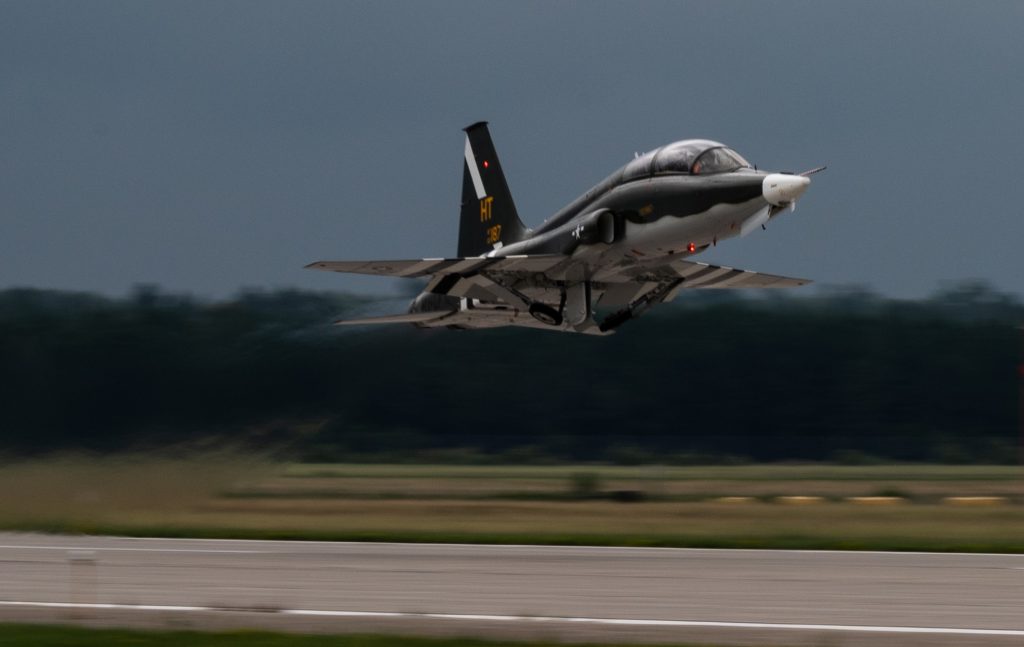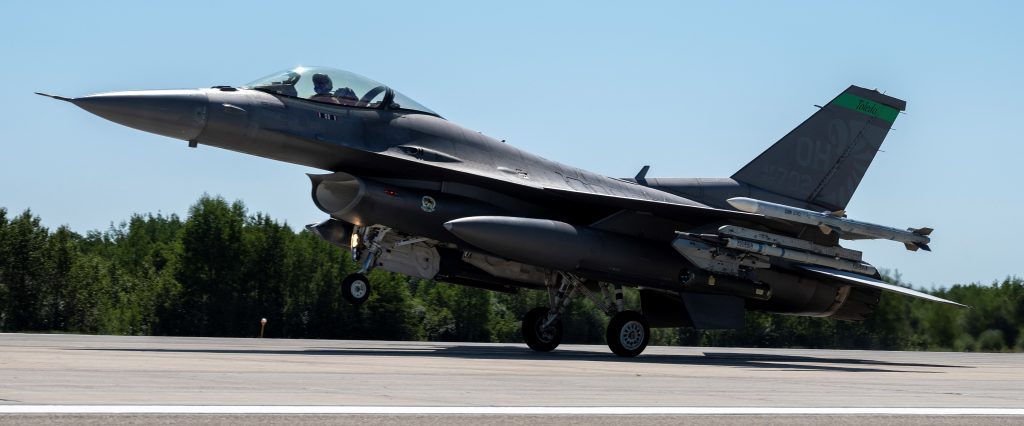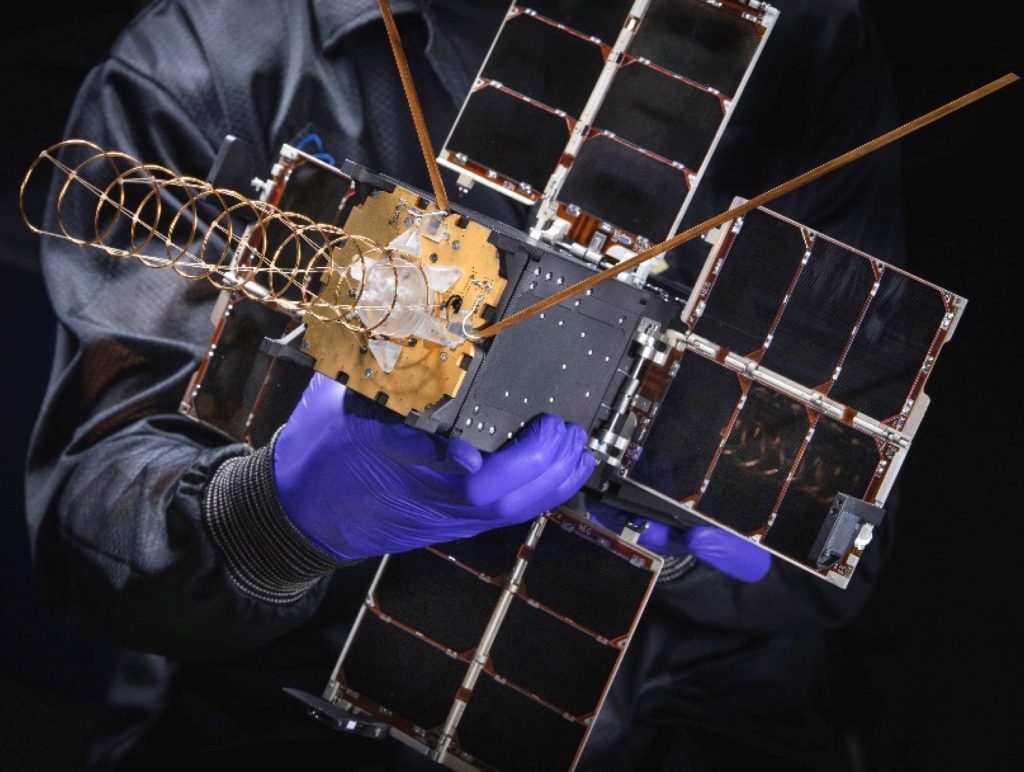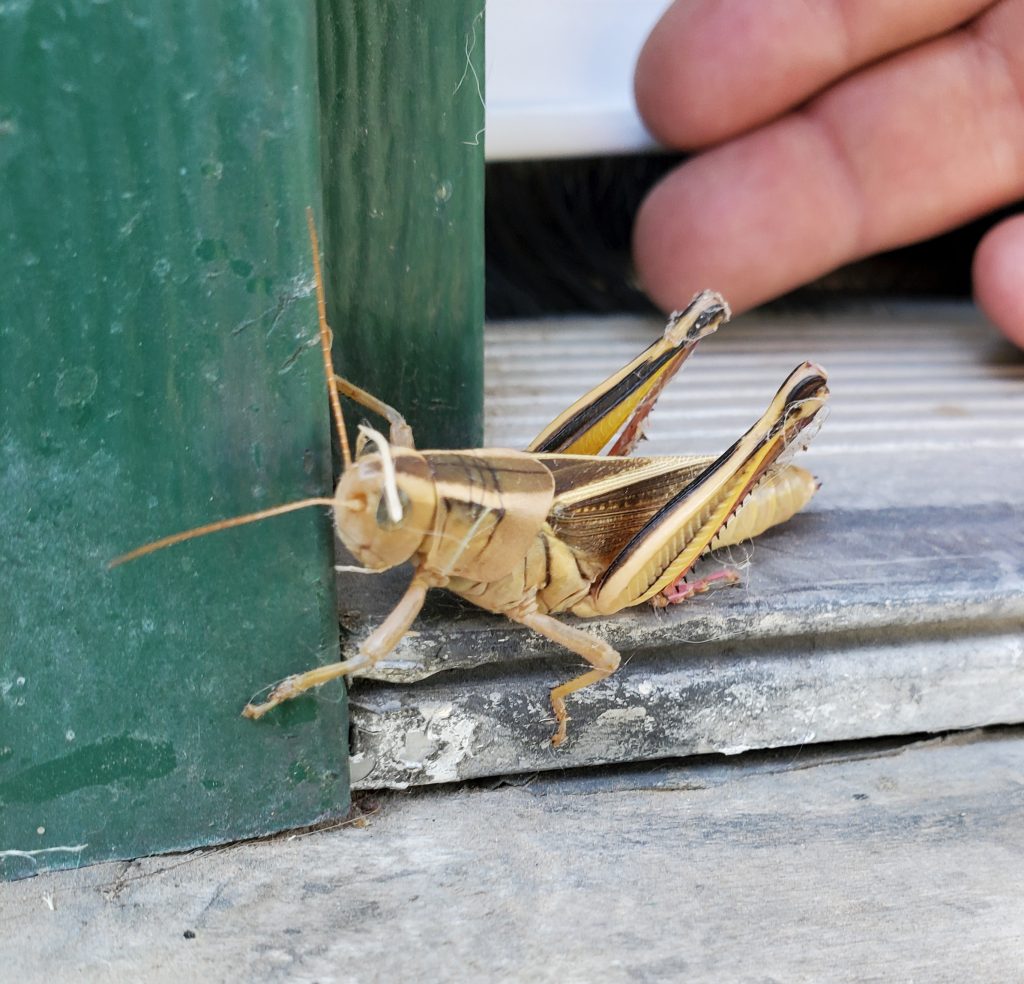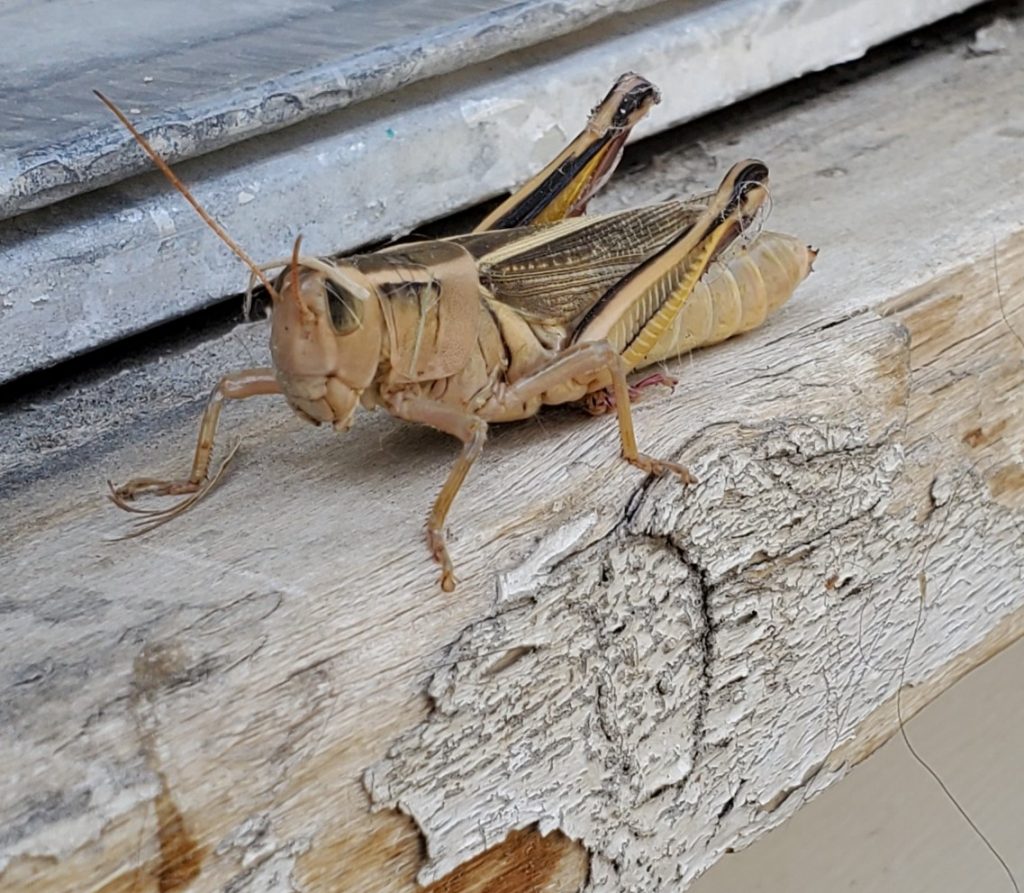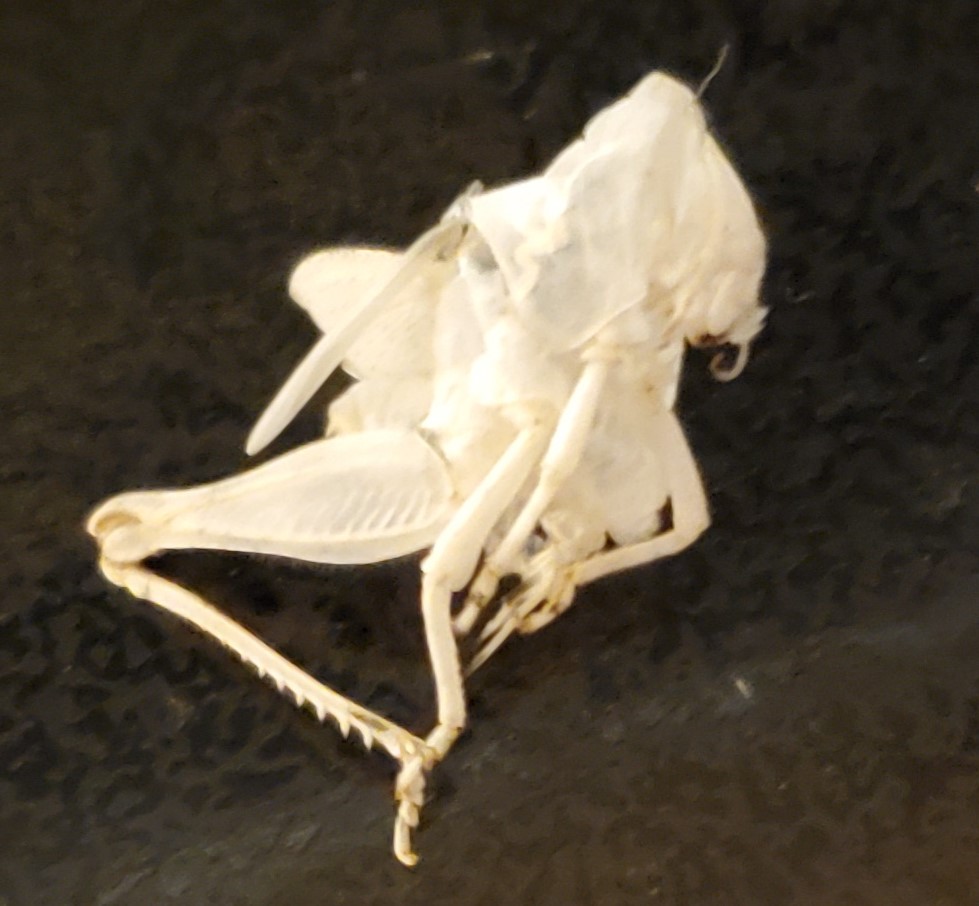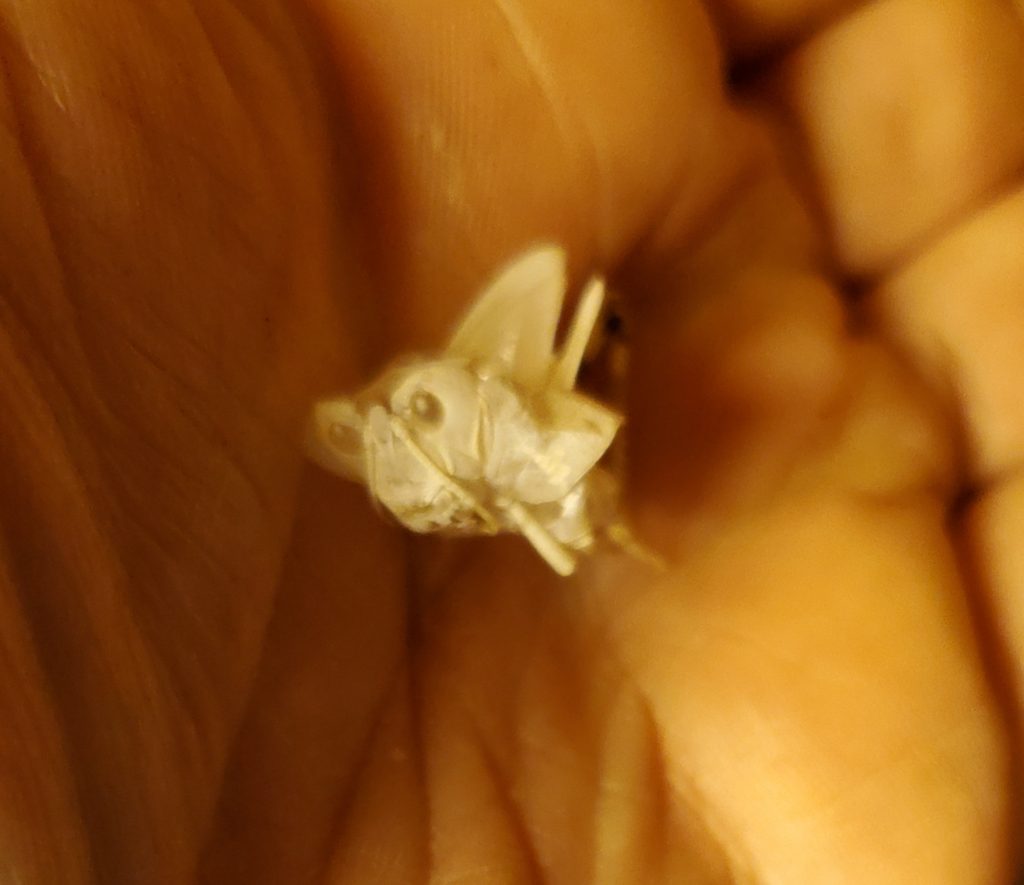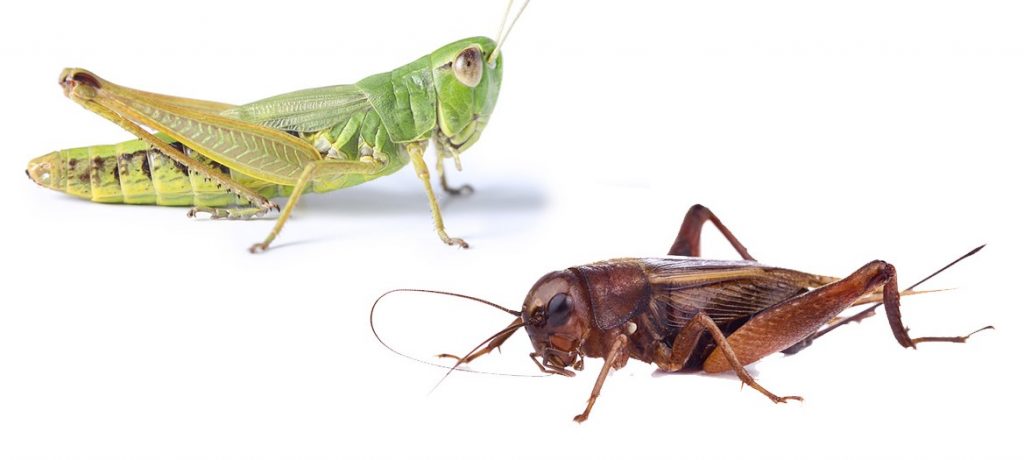“A lot of the medics had never been in the back of an ambulance…. …They are able to learn the new equipment, different ways of using it and get out on the streets to use it on actual patients in the field.”-Master Sergeant Gregg Hecathorn, 150th Special Operations Wing

New Mexico Air National Guard photo by Airman First Class Lauren McMullen.
For the first time, Air National Guard (ANG) medics from Maine, and New Mexico, conducted real-life operations on city streets, riding along civilian counterparts in the city of Greenville, Mississippi, during the first two weeks of July 2021.

New Mexico ANG photo by Airman First Class Lauren McMullen.
“At first, it was a little intimidating because we are not really used to doing civilian EMS of any kind…. My favorite part of today was being able to calm patients down and seeing their relief when I was talking to them. It was really nice to see someone in crisis and be able to help take away the panic.”-Technical Sergeant Cailee Salerno, 101st Air Refueling Wing
It was an part of operation Delta Wellness Mission 2021, which is presented as an Innovative Readiness Training (IRT) event for disaster response, however the ‘training’ involves dealing with real medical situations, and is an excuse to help out communities that are suffering economically.
“I came from a reservation and small town; being in Mississippi, getting to help a new community on an ambulance is surreal.”-Master Sergeant Shannon Myhre, 150th Special Operations Wing

New Mexico ANG photo by Airman First Class Lauren McMullen.
Delta Wellness isn’t just about training-up the military, for some reason civilian operated Pafford Emergency Medical Services employees went through military combat medical training: “A partnership between IRT and Pafford was established to expose military personnel to real world emergency response and further their readiness to support domestic and overseas missions. This is the first time in IRT’s history with such collaboration, which was also of benefit to Pafford as their personnel attended a couple of military organized trainings to include Tactical Combat Casualty Care, K9 First Aid, Land Navigation, and Combatives.”-Captain Adrian Mateos, 150th Special Operations Wing

Captain Adrian Mateos conducted the ‘combatives’ training part of Delta Wellness 2021, in July. New Mexico ANG photo by Airman Tyler Catanach.
Why would silly-vilian Emergency Medical Technicians require ‘combative’ training?
Biden’s War: VERMONT MILITIA’S MEDICAL & ECONOMIC MISSIONS IN FOREIGN LANDS
Disaster prep 2021: ALASKA GETS NEW D-R-M-K-T
Title 5: FOR FIRST TIME, AIR NATIONAL GUARD HIRES CIVILIAN COPS! COVERT OP TO EXPAND FEDERAL POLICE FORCE?
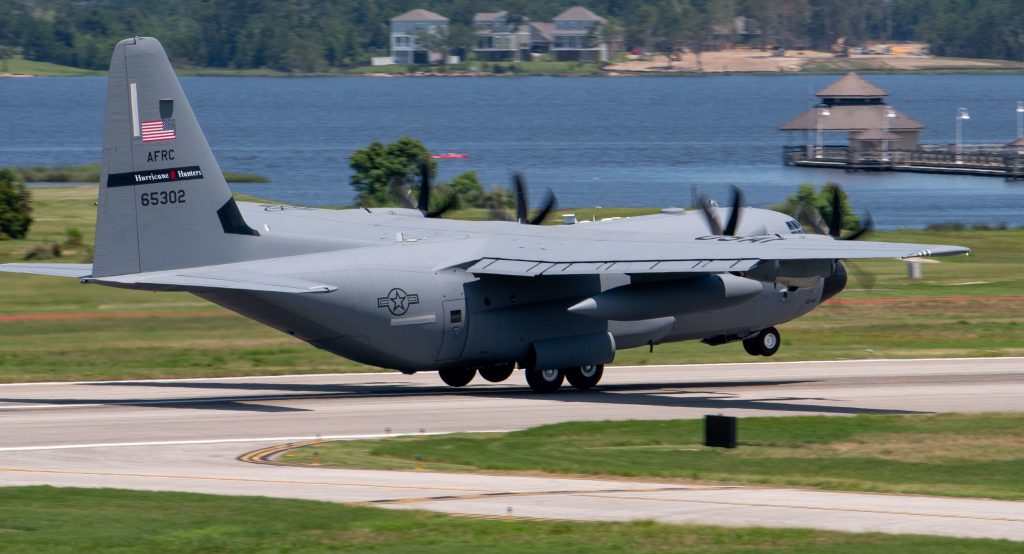 WC-130J WX HUNTERS DEPLOY
WC-130J WX HUNTERS DEPLOY MALARIA VS COVID, OR IS IT MALARIA + COVID?
MALARIA VS COVID, OR IS IT MALARIA + COVID?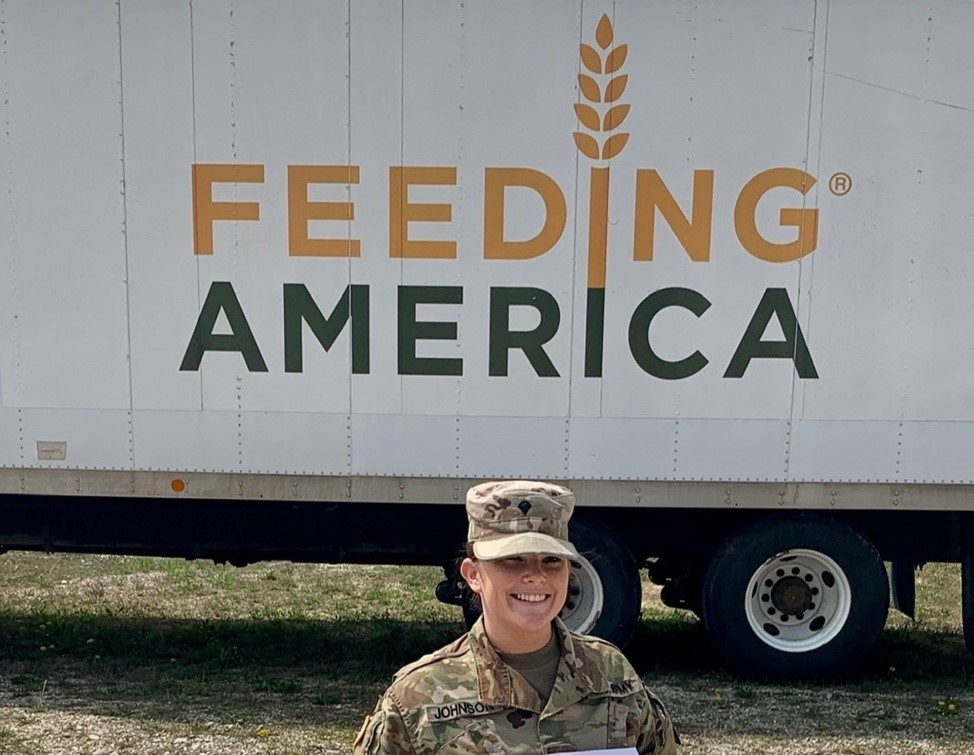 COVERT OP TO CONTROL THE GLOBAL FOOD SUPPLY?
COVERT OP TO CONTROL THE GLOBAL FOOD SUPPLY?
